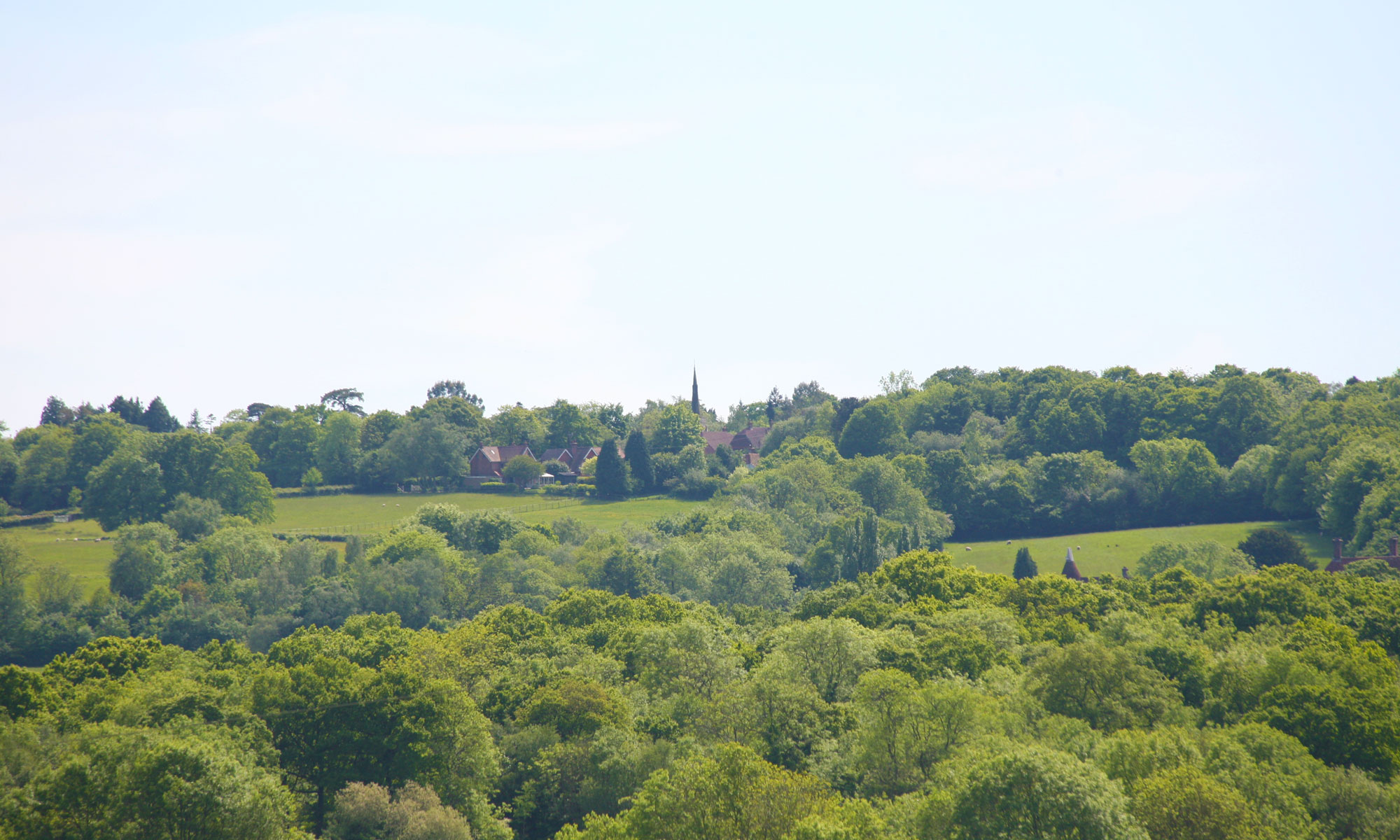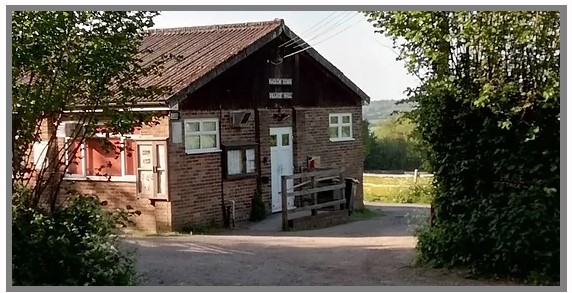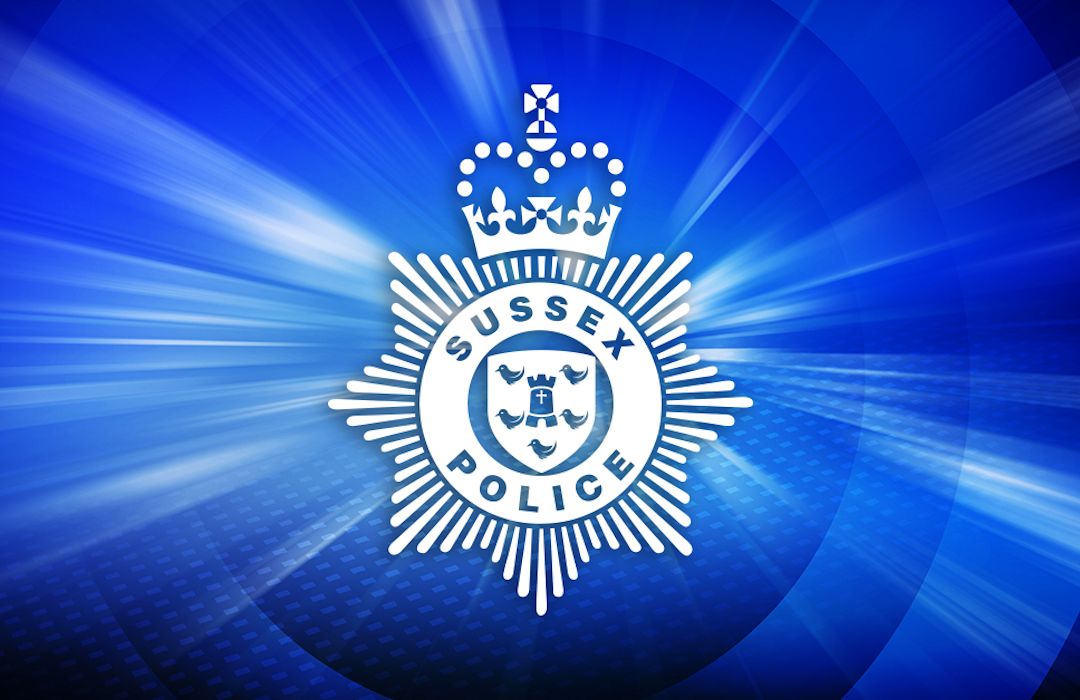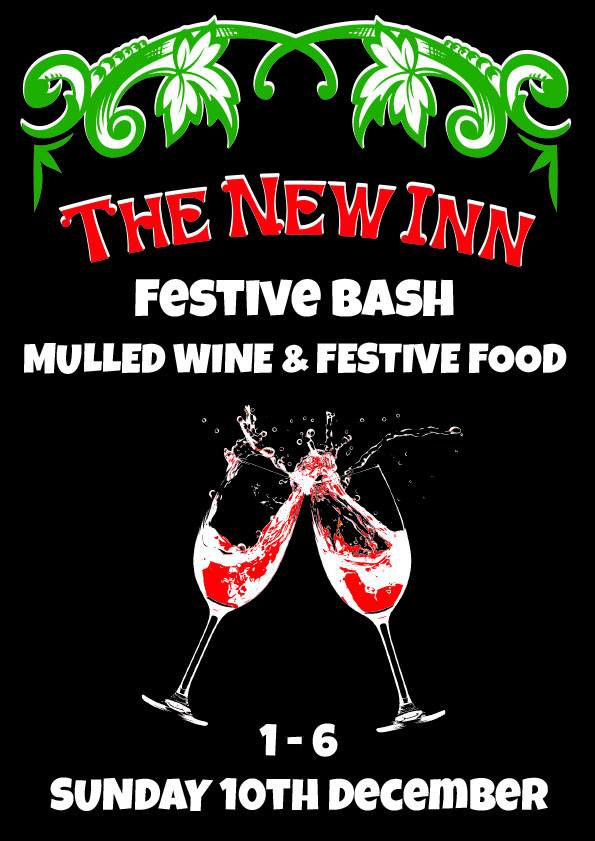Kit Wilson Christmas Food Appeal
Our JustGiving Christmas Food Appeal for your monetary donations. Thank you so much to all who have donated so far. It is so very much appreciated
Village Hall Gets Lottery Grant
HomeFront Lindy Hop
ABBA Tribute Show
Tribute to Steps
Public Meeting with S E Water
Local PCSO to attend Parish Council meeting
Christmas Table Decoration Making
The village Horticultural Society committees of both Hadlow Down and Buxted are working hard to promote events that help to secure the future of their societies in both villages. Admin is therefore happy to include the following post on our pages as part of a reciprocal agreement although it does not necessarily comply with group rules regarding village boundaries.
From Lisa Ayling
Christmas is coming! Do come along to our Christmas event on Saturday 9th December at 2pm. You can make your own stunning festive table piece with sparkly teasels, fircones and foliage. All welcome including beginners. Festive refreshments too. Its fun! To reserve a place do email: info@buxtedhorticulturalsociety.org.uk

Christmas is coming! Do come along to our Christmas event on Saturday 9th December at 2pm. You can make your own stunning festive table piece with sparkly teasels, fircones and foliage. All welcome including beginners. Festive refreshments too. Its fun! To reserve a place do email: info@buxtedhorticulturalsociety.org.uk












